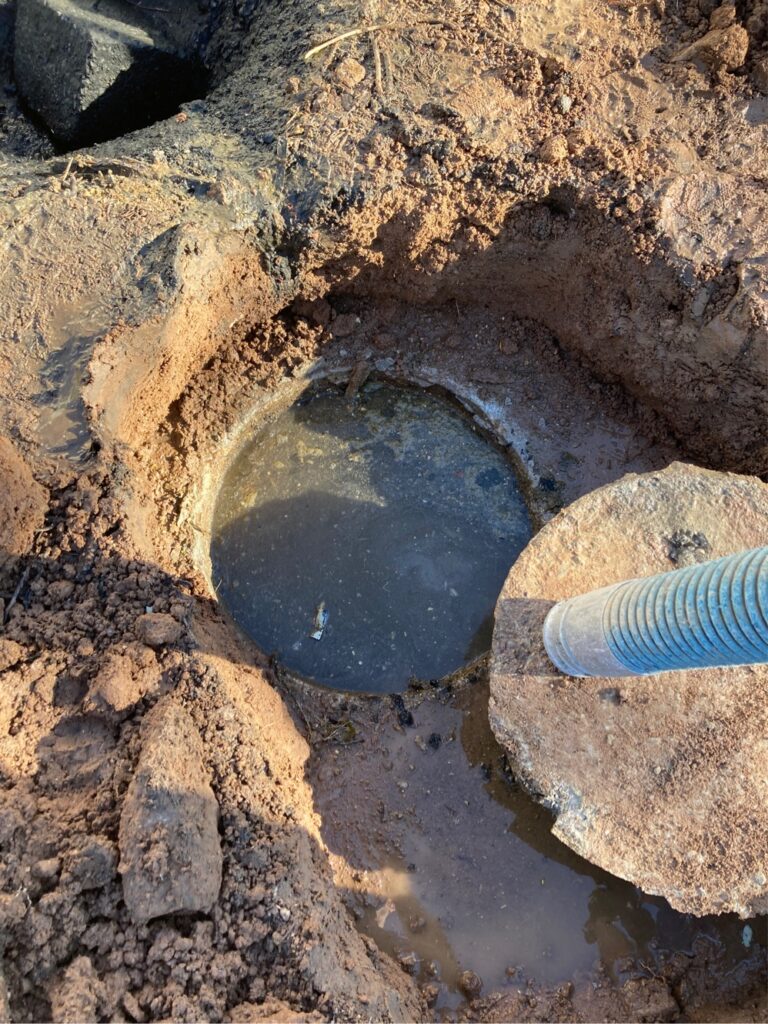A septic backup is one of the worst plumbing disasters a homeowner can face. It’s messy, disruptive, and can lead to costly damage if not addressed quickly. The key to minimizing the chaos is knowing what to do as soon as you notice a problem. Acting fast can prevent further damage and get your system working again before things get out of hand.
Signs You May Have a Septic Backup
Septic backups rarely happen without warning. Your system will often give you clues that something is wrong before sewage starts coming up your drains. Look out for these signs:
- Slow drains – If sinks, tubs, or toilets are draining slower than usual, it could mean your septic system isn’t processing wastewater properly.
- Gurgling sounds – Bubbling or gurgling noises from your drains or toilet can indicate a clog or backup forming in your system.
- Unpleasant odors – A strong sewage smell inside your home or around your yard is a major red flag.
- Water pooling outside – If the ground near your septic tank or drainfield feels unusually wet or spongy, your system may be overflowing.
- Sewage backing up into drains – The most obvious and urgent sign is raw sewage coming up through sinks, tubs, or floor drains. This means your system is completely overwhelmed and needs immediate attention.
Ignoring these warning signs can turn a small problem into a disaster. If you notice any of them, it’s time to take action.


What to Do When a Septic Backup Happens
The moment you realize your septic system is backing up, stop using water. Running water, flushing toilets, or doing laundry will only push more wastewater into an already struggling system. Keeping water use to a minimum can prevent the backup from getting worse while you figure out your next steps.
Next, check different areas of your home to assess the severity of the backup. Are multiple drains affected, or is it just one? If all your drains seem slow or backed up, the issue is likely with your septic system rather than a localized clog.
Avoid using chemical drain cleaners to try to fix the problem. These products can damage your pipes and harm the beneficial bacteria in your septic tank that help break down waste. Instead, call a professional septic service immediately. A trained technician can diagnose the issue, whether it’s a full tank, clogged pipes, or a failing drainfield. The sooner you call, the easier (and less expensive) the fix is likely to be.
If sewage has backed up into your home, clean-up is crucial to prevent contamination and health risks. Keep people and pets away from the affected area, wear protective gloves, and disinfect surfaces thoroughly. In severe cases, professional cleaning may be necessary to ensure your home is safe.
How to Prevent Future Backups
Once your septic system is back in working order, it’s important to take steps to prevent another backup in the future. Routine maintenance is the best way to keep your system running smoothly. Here’s how you can reduce the risk:
- Schedule regular pumping – Most septic tanks need to be pumped every two to three years, depending on household size and water usage.
- Be mindful of what goes down the drain – Avoid flushing anything other than the 3 P’s. Pee, poo and (toilet) paper. Items like wipes, paper towels, feminine products, and grease will clog your system.
- Use water wisely – Spacing out activities like laundry, showers, and dishwashing helps prevent overwhelming your septic system. Too much water at once can cause backups.
- Keep an eye on your drainfield – Avoid parking vehicles, planting trees, or building structures over your drainfield. Heavy weight and deep roots can damage the pipes and lead to system failure.
- Watch for early warning signs – Slow drains, gurgling noises, and foul odors mean trouble. Addressing these issues early can prevent a complete system failure.
Septic backups are stressful, but you don’t have to deal with them alone. When trouble strikes, Priority Pumping is here to help. Our experienced team will get your system flowing again and make sure you have the information you need to keep it running smoothly.




